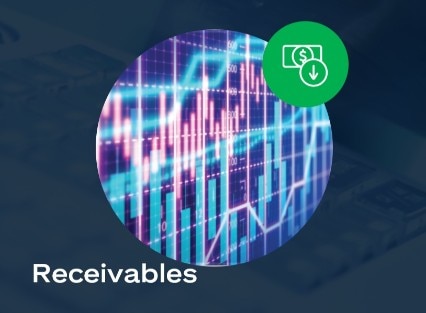
Debt or equity? From a bank or the capital markets? When it comes to finding the right formula that enables your business to grow optimally, no two companies are the same – there is no onesize- fits-all capital structure. That said, our high growth clients often follow a natural sequence of lending solutions as they evolve; understanding common strategies may be helpful as you embark on your own growth journey.
Assessing the implications of each financing option is more important than ever given macroeconomic headwinds that are impacting the cost of debt: inflation and interest rates have reached levels not seen in a decade, and investor scrutiny is intensifying. The funding choices described below are not prescriptive – companies can leapfrog to a strategy that suits them or forge their own path entirely. By understanding the options, you can plan and make the right choice for your company’s unique situation.
Getting started
The archetype of a start-up is an entrepreneur in their garage, growing their business with funds from family and friends. Even if the first part of this picture isn’t always the case, the second part is often close to the truth. Unless you are a tech start-up that takes on venture capital funding, it is common for new businesses to rely on small scale debt – whether that’s from family and friends, government programs, or an overdraft line with their account at a local bank.
Working your capital
Many organizations move on to fund their growth through short-term working capital. Sales rise, and hopefully margins with them, freeing up cash to fund growth internally. Quite often, though, companies will have to pay suppliers sooner than they collect from customers. To accelerate growth, a short-term working capital loan can help address this timing mismatch and give you a flexible tool to continue your expansion.
Investing in capacity
After a while, many organizations decide to invest in capacity – such as a new factory, warehouse, office, or production facility – to supercharge growth. These kinds of expenditures can be sizeable and take time, so longer-term financing may be necessary. Bilateral term loans, with maturities that align more to the longer duration of the investment, are commonly used at this point of a company’s journey.
Diversifying your funds
Once companies reach a certain size, their funding requirements will exceed a level beyond what a single bank can provide. Organizations at this stage may also be interested in diversifying their sources of financing. In such situations, a club or syndicate of banks may come together to offer a more significant funding boost compared to what would be available from bilateral arrangements.
Ringing the bell?
At the upper end of the market, companies may conclude that their needs exceed what a bank – or even a group of them – can provide. When this happens, it’s time to think about options in the capital markets. Organizations may stick with debt and choose to issue bonds or could adopt the newer approach of seeking private institutional debt investors. However, many companies aspire to “ring the bell” and go public. An IPO is an important milestone event in a company’s growth journey, at which point it will typically have a sophisticated capital structure that enables it to tap into both private and public capital markets through a diversity of financial instruments.
The capital structure question
Once a company brings equity into the funding equation, the question of capital structure comes into play. What combination of debt and equity is optimal? How much debt capacity does the company have? We work with clients to help them tackle these questions and can benchmark a company’s working capital and debt structures against its peer group, discuss bank group strategies, explore the possibility of mergers and acquisitions, and review the firm’s target cost of capital. Although this stage represents mature commercial growth, the journey is far from over.
Thinking ahead is key
It’s common for Citi to work with entrepreneurs who can think two steps ahead for their business, but who are more uncertain about what their funding will look like at that point. The most successful organizations anticipate future inflection points and position themselves accordingly. For instance, if your business model requires 30-day payment terms for your suppliers, but you’re collecting from buyers in 90 days, it’s time to start thinking beyond what you can fund with internal working capital. And if syndicated lending might be valuable to fund future growth, it’s a good idea to start building relationships with banks early on.
In conclusion
Companies are all different: some will never go through the funding stages described above. You may be leading an organization that took on equity funding from the beginning, or maybe even bootstrapped your way to unicorn status. But more often than not, the companies that we work with will generally follow this sequence, even if they leapfrog certain stages. Regardless, Citi is here to help you think through your funding journey and plan ahead so you can access the funding you need to achieve your strategic goals in today’s ultra-competitive market.


